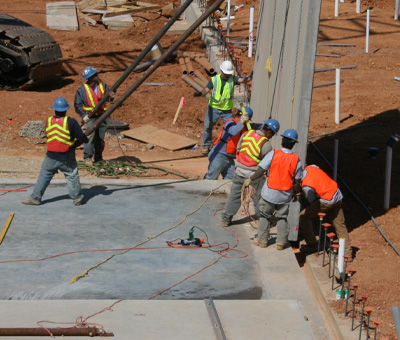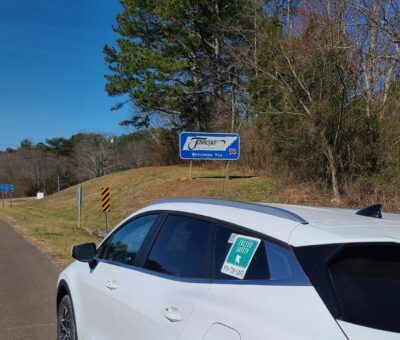Hurricane Helene brought widespread destruction to the southeastern United States, leaving behind significant safety challenges for construction and industrial sites. As businesses begin the recovery process, ensuring the safety of workers is critical.
Here are key safety lessons that can help guide post-disaster recovery efforts on job sites after a natural disaster.
Thorough Site Assessments Before Returning to Work
Before any reconstruction begins, it’s essential to carry out a full inspection of the site:
Structural Stability: Storms weaken buildings and infrastructure. Assess buildings for cracks, leaning walls, or any signs of instability. Even a small compromise in a building’s integrity can pose a life-threatening hazard.
Electrical Dangers: Downed power lines and flooded electrical systems are among the biggest risks. Always have a certified electrician inspect systems before re-energizing any part of the site.
Toxic Materials: Flooding often brings contaminants like sewage, industrial chemicals, and other hazardous substances to the surface. Workers need to be equipped with personal protective gear to avoid exposure to toxins in mud and floodwater.
Debris Removal and Cleanup Safety
In the aftermath of a natural disaster clearing debris is a priority, but it also comes with risks.
Heavy Machinery Safety: Operators of bulldozers, cranes, and backhoes should be certified and cautious of unstable ground or hidden objects. Damaged roads and infrastructure make it even more dangerous to operate heavy equipment, so thorough ground checks are necessary.
Proper Protective Gear: Workers handling debris should wear gloves, goggles, and helmets. Many objects are sharp, and the risk of injury is high.
Special Hazards: Be on the lookout for sharp objects, chemicals, and even animals displaced by the storm. Ensure workers have the proper training to handle or avoid these hazards.
Flooding and Water-Related Hazards
Mold and Respiratory Safety: Mold starts growing quickly after floods, especially in warmer climates. Workers should use respirators in any enclosed areas where mold could be present. Mold can lead to serious respiratory issues, so it’s important not to overlook this in cleanup efforts.
Waterlogged Machinery and Surfaces: Machinery that was submerged needs to be thoroughly inspected and cleaned before use. Water can corrode or damage electrical components, leading to malfunctions or even fires if not properly handled.
Prioritizing Employee Health and Mental Well-being
Post-disaster recovery is physically demanding, but it’s also mentally draining for workers who may be dealing with personal losses. Trauma from the disaster and the emotional toll of recovery can affect workers’ concentration and productivity. Additionally, recovery often requires long hours of physically demanding labor. Create reasonable shift schedules, and ensure breaks are provided to prevent accidents caused by fatigue.
Recovering from natural disaster requires not just a focus on rebuilding but also a strong commitment to worker safety. By thoroughly assessing risks, implementing safe cleanup procedures, and prioritizing both physical and mental well-being, businesses can safely navigate the difficult task of post-disaster recovery while protecting their most valuable asset—their workers.








